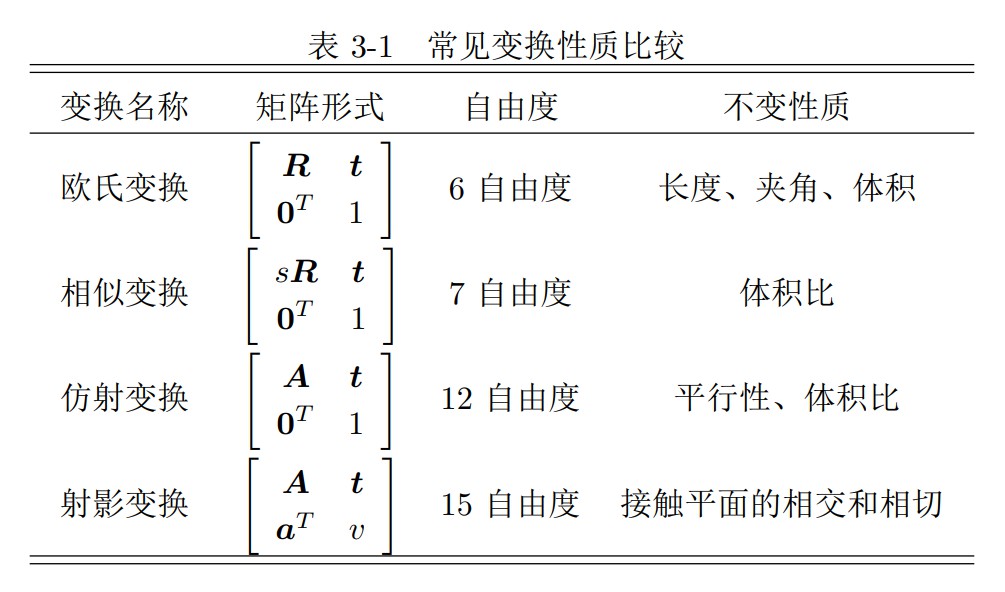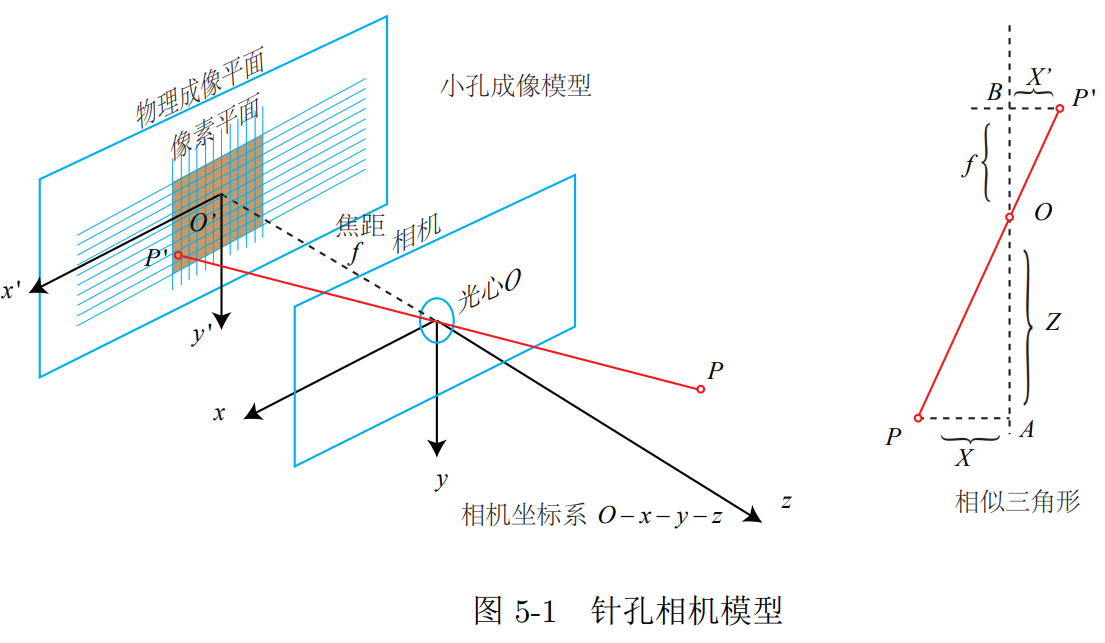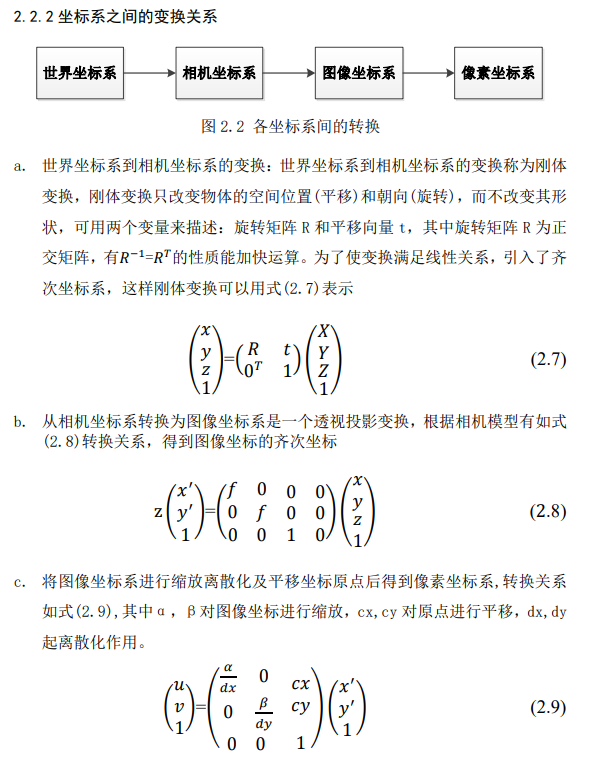1
2
3
4
5
6
7
8
9
10
11
12
13
14
15
16
17
18
19
20
21
22
23
24
25
26
27
28
29
30
31
32
33
34
35
36
37
38
39
40
41
42
43
44
45
46
47
48
49
50
51
52
53
54
55
56
57
58
59
60
61
62
63
64
65
66
67
68
69
70
71
72
73
74
75
76
77
78
79
80
81
82
83
84
85
86
87
88
89
90
91
92
93
94
95
96
97
98
99
100
101
102
103
104
105
106
107
108
109
110
111
112
113
114
115
116
117
118
119
120
121
122
123
124
125
126
127
128
129
130
131
132
133
134
135
136
137
138
139
140
141
142
143
144
145
146
147
148
149
150
151
152
153
154
155
156
157
158
159
160
161
162
163
164
165
166
167
168
169
170
171
172
173
174
175
176
177
178
179
180
181
182
183
184
185
186
187
188
189
190
191
192
193
194
195
196
197
198
199
200
201
202
203
204
205
206
207
208
209
210
211
212
213
214
215
216
217
218
219
220
221
222
223
224
225
226
227
228
229
230
231
232
233
234
235
236
237
238
239
240
241
242
243
244
245
246
247
248
249
250
251
252
253
254
255
256
257
258
259
260
261
262
263
264
265
266
267
268
269
270
271
272
273
274
275
276
277
278
279
280
281
282
283
284
285
286
287
288
289
290
291
292
293
294
295
296
297
298
299
300
301
302
303
304
305
306
307
308
309
310
311
312
313
314
315
316
317
318
319
320
321
322
323
324
325
326
327
328
329
330
331
332
333
334
335
336
337
338
339
340
341
342
343
344
345
346
347
348
349
350
351
352
353
354
355
356
357
358
359
360
361
362
363
364
365
366
367
368
369
370
371
372
373
374
375
376
377
378
379
380
381
382
383
384
385
386
387
388
389
390
391
392
393
394
395
396
397
398
399
400
401
402
403
404
405
406
407
408
409
410
411
412
413
414
415
416
417
418
419
420
421
422
423
424
425
426
427
428
429
430
431
432
433
434
435
436
437
438
439
440
441
442
443
444
445
446
447
448
449
450
451
452
453
454
455
456
457
458
459
460
461
462
463
464
465
466
467
468
469
470
471
472
473
474
475
476
477
478
479
480
481
482
483
484
485
486
487
488
489
490
491
492
493
494
495
496
497
498
499
500
501
502
503
504
505
506
507
508
509
510
511
512
513
514
515
516
517
518
519
520
521
522
523
524
525
526
527
528
529
530
531
532
533
534
535
536
537
538
539
540
541
542
543
544
545
| import numpy as np
import cv2
from shapely.geometry import Polygon, LineString
from shapely.affinity import rotate
import rasterio
import argparse
def get_gcp_mean(dst):
return np.array(dst).mean(axis=0)
def set_bbox_from_corners(corners, resolution, dst):
"""
Establish bbox based on a set of camera perspective corner points Assign corner coordinates to camera
configuration
Parameters
----------
corners : list of lists (4)
[columns, row] coordinates in camera perspective
"""
assert (np.array(corners).shape == (4,
2)), f"a list of lists of 4 coordinates must be given, resulting in (4, " \
f"2) shape. Current shape is {corners.shape} "
M_gcp = get_M()
bbox = get_aoi(M_gcp, corners, resolution=0.05)
bbox_xy = np.array(bbox.exterior.coords)
gcp_mean = np.array(dst).mean(axis=0)
bbox_xy += gcp_mean[0:2]
bbox = Polygon(bbox_xy)
return bbox, bbox_xy[0:4]
def get_aoi(M, src_corners, resolution=None):
"""Get rectangular AOI from 4 user defined points within frames.
Parameters
----------
src : list of tuples
(col, row) pairs of ground control points
dst : list of tuples
projected (x, y) coordinates of ground control points
src_corners : dict with 4 (x,y) tuples
names "up_left", "down_left", "up_right", "down_right", source corners
Returns
-------
aoi : shapely.geometry.Polygon
bounding box of aoi (rotated)
"""
_src_corners = np.array(src_corners)
assert(_src_corners.shape==(4, 2)), f"a list of lists of 4 coordinates must be given, resulting in (4, 2) shape. " \
f"Current shape is {src_corners.shape} "
_dst_corners = cv2.perspectiveTransform(np.float32([_src_corners]), M)[0]
polygon = Polygon(_dst_corners)
coords = np.array(polygon.exterior.coords)
point1 = (coords[0] + coords[3]) / 2
point2 = (coords[1] + coords[2]) / 2
diff = point2 - point1
angle = np.arctan2(diff[1], diff[0])
polygon_rotate = rotate(
polygon, -angle, origin=tuple(_dst_corners[0]), use_radians=True
)
xmin, ymin, xmax, ymax = polygon_rotate.bounds
if resolution is not None:
xmin = round_to_multiple(xmin, resolution)
xmax = round_to_multiple(xmax, resolution)
ymin = round_to_multiple(ymin, resolution)
ymax = round_to_multiple(ymax, resolution)
bbox_coords = [(xmin, ymax), (xmax, ymax), (xmax, ymin), (xmin, ymin), (xmin, ymax)]
bbox = Polygon(bbox_coords)
bbox = rotate(bbox, angle, origin=tuple(_dst_corners[0]), use_radians=True)
return bbox
def round_to_multiple(number, multiple):
return multiple * round(number / multiple)
def get_bbox(bbox, dst, camera=False, h_a=None, redistort=False):
"""
Parameters
----------
camera : bool, optional
If set, the bounding box will be returned as row and column coordinates in the camera perspective.
In this case ``h_a`` may be set to provide the right water level, to estimate the bounding box for.
h_a : float, optional
If set with ``camera=True``, then the bbox coordinates will be transformed to the camera perspective,
using h_a as a present water level. In case a video with higher (lower) water levels is used, this
will result in a different perspective plane than the control video.
redistort : bool, optional
If set in combination with ``camera``, the bbox will be redistorted in the camera objective using the
distortion coefficients and camera matrix. Not used in orthorectification because this occurs by default
on already undistorted images.
Returns
-------
A bounding box, that in the used CRS is perfectly rectangular, and aligned in the up/downstream direction.
It can (and certainly will) be rotated with respect to a typical bbox with xlim, ylim coordinates.
If user sets ``camera=True`` then the geographical bounding box will be converted into a camera perspective,
using the homography belonging to the available ground control points and current water level.
This can then be used to reconstruct the grid for velocimetry calculations.
"""
bbox = bbox
if camera:
coords = np.array(bbox.exterior.coords)
M = get_M(reverse=True, h_a=h_a)
gcp_mean = np.array(dst).mean(axis=0)
coords -= gcp_mean[0:2]
corners = cv2.perspectiveTransform(np.float32([coords]), M)[0]
bbox = Polygon(corners)
return bbox
def get_M(h_a=None, to_bbox_grid=False, reverse=False):
"""Establish a transformation matrix for a certain actual water level `h_a`. This is done by mapping where the
ground control points, measured at `h_ref` will end up with new water level `h_a`, given the lens position.
Parameters
----------
h_a : float, optional
actual water level [m] (Default: None)
to_bbox_grid : bool, optional
if set, the M will be computed in row, column values of the target bbox, with set resolution
reverse : bool, optional
if True, the reverse matrix is prepared, which can be used to transform projected
coordinates back to the original camera perspective. (Default: False)
Returns
-------
M : np.ndarray
2x3 transformation matrix
"""
if to_bbox_grid:
dst_a = transform_to_bbox(
get_dst_a(h_a),
bbox,
resolution
)
dst_a = np.array(dst_a)
else:
dst_a = get_dst_a(h_a) if gcp_dims == 2 else dst
gcp_mean = np.array(dst).mean(axis=0)
dst_a -= gcp_mean
if dst_a.shape[-1] == 3:
z_a = get_z_a(h_a)
gcp_mean = np.array(dst).mean(axis=0)
z_a -= gcp_mean[-1]
return get_M_3D(
src=src,
dst=dst_a,
camera_matrix=camera_matrix,
dist_coeffs=dist_coeffs,
z=z_a,
reverse=reverse
)
else:
return get_M_2D(
src=src,
dst=dst_a,
reverse=reverse
)
def get_M_2D(src, dst, reverse=False):
"""
Retrieve homography matrix for between (4) src and (4) dst points with only x, y coordinates (no z)
Parameters
----------
src : list of lists
[x, y] with source coordinates, typically cols and rows in image
dst : list of lists
[x, y] with target coordinates after reprojection, can e.g. be in crs [m]
reverse : bool, optional
If set, the reverse homography to back-project to camera objective will be retrieved
Returns
-------
M : np.ndarray
homography matrix (3x3), used in cv2.warpPerspective
"""
_src = np.float32(src)
_dst = np.float32(dst)
if reverse:
M = cv2.getPerspectiveTransform(_dst, _src)
else:
M = cv2.getPerspectiveTransform(_src, _dst)
return M
def get_M_3D(src, dst, camera_matrix, dist_coeffs=np.zeros((1, 4)), z=0., reverse=False):
"""
Retrieve homography matrix for between (6+) 2D src and (6+) 3D dst (x, y, z) points
Parameters
----------
src : list of lists
[x, y] with source coordinates, typically cols and rows in image
dst : list of lists
[x, y, z] with target coordinates after reprojection, can e.g. be in crs [m]
camera_matrix : np.ndarray (3x3)
Camera intrinsic matrix
dist_coeffs : p.ndarray, optional
1xN array with distortion coefficients (N = 4, 5 or 8)
z : float, optional
Elevation plane (real-world coordinate crs) of projected image
reverse : bool, optional
If set, the reverse homography to back-project to camera objective will be retrieved
Returns
-------
M : np.ndarray
homography matrix (3x3), used in cv2.warpPerspective
Notes
-----
See rectification workflow OpenCV
http://docs.opencv.org/modules/calib3d/doc/camera_calibration_and_3d_reconstruction.html
Code based on:
https://www.openearth.nl/flamingo/_modules/flamingo/rectification/rectification.html
"""
_src = np.float32(src)
_dst = np.float32(dst)
camera_matrix = np.float32(camera_matrix)
dist_coeffs = np.float32(dist_coeffs)
success, rvec, tvec = cv2.solvePnP(_dst, _src, camera_matrix, dist_coeffs)
R = cv2.Rodrigues(rvec)[0]
R[:, 2] = R[:, 2] * z
R[:, 2] = R[:, 2] + tvec.flatten()
if reverse:
M = np.dot(camera_matrix, R)
else:
M = np.linalg.inv(np.dot(camera_matrix, R))
return M / M[-1, -1]
def transform_to_bbox(coords, bbox, resolution):
"""transforms a set of coordinates defined in crs of bbox, into a set of coordinates in cv2 compatible pixels
Parameters
----------
coords : list of lists
[x, y] with coordinates
bbox : shapely Polygon
Bounding box. The coordinate order is very important and has to be upstream-left, downstream-left,
downstream-right, upstream-right, upstream-left
resolution : float
resolution of target pixels within bbox
Returns
-------
colrows : list
tuples of columns and rows
"""
xs, ys = zip(*coords)
transform = _get_transform(bbox, resolution)
rows, cols = rasterio.transform.rowcol(transform, xs, ys, op=float)
return list(zip(cols, rows))
def _get_transform(bbox, resolution=0.01):
"""Return a rotated Affine transformation that fits with the bounding box and resolution.
Parameters
----------
bbox : shapely.geometry.Polygon
polygon of bounding box. The coordinate order is very important and has to be:
(upstream-left, downstream-left, downstream-right, upstream-right, upstream-left)
resolution : float, optional
resolution of target grid in meters (default: 0.01)
Returns
-------
affine : rasterio.transform.Affine
"""
corners = np.array(bbox.exterior.coords)
top_left_x, top_left_y = corners[0]
point1 = corners[0]
point2 = corners[1]
diff = point2 - point1
angle = np.arctan2(diff[1], diff[0])
dx_col, dy_col = np.cos(angle) * resolution, np.sin(angle) * resolution
dx_row, dy_row = (
np.cos(angle + 1.5 * np.pi) * resolution,
np.sin(angle + 1.5 * np.pi) * resolution,
)
return rasterio.transform.Affine(
dx_col, dy_col, top_left_x, dx_row, dy_row, top_left_y
)
def get_dst_a(h_a=0.0, h_ref=0.0, lens_position=None):
"""
h_a : float, optional
actual water level measured [m], if not set, assumption is that a single video
is processed and thus changes in water level are not relevant. (default: None)
Returns
-------
Actual locations of control points (in case these are only x, y) given the current set water level and
the camera location
"""
if h_a is None or h_a == h_ref:
dst_a = dst
else:
h_ref = h_ref
lens_position = lens_position
dst_a = _get_gcps_a(
lens_position,
h_a,
dst,
z_0,
h_ref,
)
return dst_a
def _get_gcps_a(lensPosition, h_a, coords, z_0=0.0, h_ref=0.0):
"""Get the actual x, y locations of ground control points at the actual water level
Parameters
----------
lensPosition : list of floats
x, y, z location of cam in local crs [m]
h_a : float
actual water level in local level measuring system [m]
coords : list of lists
gcp coordinates [x, y] in original water level
z_0 : float, optional
reference zero plain level, i.e. the crs amount of meters of the zero level of staff gauge (default: 0.0)
h_ref : float, optional
reference water level during taking of gcp coords with ref to staff gauge zero level (default: 0.0)
Returns
-------
coords : list
rows/cols for use in getPerspectivetransform
"""
cam_x, cam_y, cam_z = lensPosition
x, y = zip(*coords)
z_ref = h_ref + z_0
z_a = z_0 + h_a
cam_height_ref = cam_z - z_ref
cam_height_a = cam_z - z_a
rel_diff = cam_height_a / cam_height_ref
_dest_x = list(cam_x + (np.array(x) - cam_x) * rel_diff)
_dest_y = list(cam_y + (np.array(y) - cam_y) * rel_diff)
dest_out = list(zip(_dest_x, _dest_y))
return dest_out
def get_z_a(h_a=None):
"""
h_a : float, optional
actual water level measured [m], if not set, assumption is that a single video
is processed and thus changes in water level are not relevant. (default: None)
Returns
-------
Actual locations of control points (in case these are only x, y) given the current set water level and
the camera location
"""
if h_a is None:
return z_0
else:
return z_0 + (h_a - h_ref)
def shape():
"""
Returns rows and columns in projected frames from ``Frames.project``
Returns
-------
rows : int
Amount of rows in projected frame
cols : int
Amount of columns in projected frame
"""
cols, rows = _get_shape(
bbox,
resolution=resolution,
round=1
)
return rows, cols
def _get_shape(bbox, resolution=0.01, round=1):
"""
defines the number of rows and columns needed in a target raster, to fit a given bounding box.
:param bbox: shapely Polygon, bounding box
:param resolution: resolution of target raster
:param round: number of pixels to round intended shape to
:return: numbers of rows and columns for target raster
"""
coords = bbox.exterior.coords
box_length = LineString(coords[0:2]).length
box_width = LineString(coords[1:3]).length
cols = int(np.ceil((box_length / resolution) / round)) * round
rows = int(np.ceil((box_width / resolution) / round)) * round
return cols, rows
if __name__ == '__main__':
src=[
[1421, 1001],
[1251, 460],
[421, 432],
[470, 607]
]
dst=[
[642735.8076, 8304292.1190],
[642737.5823, 8304295.593],
[642732.7864, 8304298.4250],
[642732.6705, 8304296.8580]
]
corners = [
[292, 817],
[50, 166],
[1200, 236],
[1600, 834]
]
resolution = 0.01
h_ref = 0.0
h_a = 0.0
lens_position = None
z_0 = 1182.2
gcp_dims = 2
camera_matrix = None
dist_coeffs = None
flags = cv2.INTER_AREA
bbox, bbox_xy = set_bbox_from_corners(corners, resolution, dst)
src_v2 = get_bbox(bbox, dst, camera=True, h_a=0.0).exterior.coords[0:4]
dst_xy = bbox_xy
dst_v2 = transform_to_bbox(dst_xy, bbox, resolution)
M = get_M_2D(src_v2, dst_v2)
video_path = r'ngwerere_20191103.mp4'
cap = cv2.VideoCapture(video_path)
frame_list = []
while True:
ret, frame = cap.read()
if ret:
frame = cv2.cvtColor(frame, cv2.COLOR_BGR2GRAY)
frame_list.append(frame)
else:
break
shape = shape()
img1 = frame_list[0]
img2 = frame_list[1]
final_frame1 = cv2.warpPerspective(img1, M, shape, flags=flags)
final_frame2 = cv2.warpPerspective(img2, M, shape, flags=flags)
cv2.imwrite("transfer_ng1v2_1.png", final_frame1)
cv2.imwrite("transfer_ng2v2_2.png", final_frame2)
|


